It argues that spiritual martyrdom existed as a practice We consider three Gwentian saints who show the characteristics of spiritual martyrdom, even though the exact sequence of events in their lives cannot be accurately verified.I hope to show that the 'White Martyrdom' of St Augustine was an early practice, involving penance and deprivation,that the ‘glas’ or blue martyrdom was a particularly British and Irish penance, involving tears and atonement
.
The
Greek word ‘martyr’ μάρτυς,=mártys means ‘witness’.
The saints are ‘shining like the sun’
for Jesus Christ lived again in their deeds and being. Such were St Tecla, working
on an island near Chepstow and St Tegfedd, both killed ‘by Saxons’ or more likely bandits. It
was considered martyrdom, because sacrilege
had occurred. On the death of her husband, in continental practice of the time,
widows often consecrated their lives to God and took the veil. They were on a spiritual martyrdom but had shed their
blood
Spiritual
martyrdoms were observed in different colours,
practised by the Desert monks, brought via Gaul, and promoted by St Martin of
Tours and the Spanish monk Bachiarius, who combined the concept of penitence,
austerity and atonement for these working with the poor and praying for the
dead.
The
Cambrai Homily ‘summarise’ these teachings from the early church,so that
sinners can offer their sufferings and penances as ‘living martyrdoms’. We know
what ‘red’ martyrdom is
‘they endure a cross or destruction for
Christ’s sake, as happened in the Apostles when they persecuted the wicked and
taught the law of God’.

 According to Bartrum "Llydaw" may also be a nickname for
SE Gwent , because of immigration so these saints may have been born in Gwent
with Breton ancestry. In fact his aunt Dervella (Deruil) was later Queen of Gwent and his father,
‘Llowell’ may have been the founder of
Llanllowell near Usk. Derfyl’s
surviving friend at Camlann, Petroc was also from South Wales, the Royal House
of Glywys. He was preserved ‘by his
spear’. We do not know when he came to the Llandderfel site on the Mynydd Maen, but we do know he
was driven into a life of penitence and atonement there at one time. He had
perceived the effect of the sin of adultery rising up and causing the widespread
slaughter of Camlann and the death of all his companions. The Church, as the Body of Christ, had to
pray for sinners, so it appears Derfel would have dedicated his life to a ‘Glas’ (blue) Martyrdom’, defined in the
Cambrai Homily as ‘when through fasting
and hard work, they control their desire or struggle in penance and repentence’
Derfel was known as ‘Derfel Gadarn’
and it was now with his spiritual ‘might’ he approached martyrdom. Like the Druid
deity Hu he ‘dragged souls from Hell’. It was a powerful accolade that lasted
nearly a thousand years until his memory became extinguished when his statue
burnt in 1536. His penance of tears in his ‘glas’ martyrdom, was probably in
fasting, and praying for the souls of dead comrades. Such ‘spiritual martyrs’
gained heaven through suffering and penance and fierce ascetic penances, in
addition they had to see to works of mercy and shrive others, because
According to Bartrum "Llydaw" may also be a nickname for
SE Gwent , because of immigration so these saints may have been born in Gwent
with Breton ancestry. In fact his aunt Dervella (Deruil) was later Queen of Gwent and his father,
‘Llowell’ may have been the founder of
Llanllowell near Usk. Derfyl’s
surviving friend at Camlann, Petroc was also from South Wales, the Royal House
of Glywys. He was preserved ‘by his
spear’. We do not know when he came to the Llandderfel site on the Mynydd Maen, but we do know he
was driven into a life of penitence and atonement there at one time. He had
perceived the effect of the sin of adultery rising up and causing the widespread
slaughter of Camlann and the death of all his companions. The Church, as the Body of Christ, had to
pray for sinners, so it appears Derfel would have dedicated his life to a ‘Glas’ (blue) Martyrdom’, defined in the
Cambrai Homily as ‘when through fasting
and hard work, they control their desire or struggle in penance and repentence’
Derfel was known as ‘Derfel Gadarn’
and it was now with his spiritual ‘might’ he approached martyrdom. Like the Druid
deity Hu he ‘dragged souls from Hell’. It was a powerful accolade that lasted
nearly a thousand years until his memory became extinguished when his statue
burnt in 1536. His penance of tears in his ‘glas’ martyrdom, was probably in
fasting, and praying for the souls of dead comrades. Such ‘spiritual martyrs’
gained heaven through suffering and penance and fierce ascetic penances, in
addition they had to see to works of mercy and shrive others, because
‘Elwynt e lanneu e benýdýaw. They went to the llan to do penance’.
 He may have been a crefyddwyr been an ordained priest or fighting monk-and
it might have been the reason his life was spared at Camlan, we do not know but he was certainly educated
to this level at Llantwit Major. There
were late night vigils and prayers and a strict ascetic penitential like that
of Gildas and Cummean ’Glas’, we are told was the ‘hyacinth’ the
colour of heaven. Derfel had ‘washed his robe ’ not in his blood, but ‘in
tears’ for his companions and devoted his whole life to atonement and penitence,
for his companions and leader and hence improved the lives of all around him.
He may have been a crefyddwyr been an ordained priest or fighting monk-and
it might have been the reason his life was spared at Camlan, we do not know but he was certainly educated
to this level at Llantwit Major. There
were late night vigils and prayers and a strict ascetic penitential like that
of Gildas and Cummean ’Glas’, we are told was the ‘hyacinth’ the
colour of heaven. Derfel had ‘washed his robe ’ not in his blood, but ‘in
tears’ for his companions and devoted his whole life to atonement and penitence,
for his companions and leader and hence improved the lives of all around him.










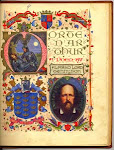







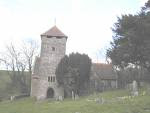
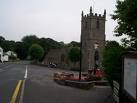


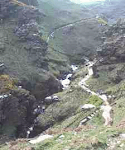














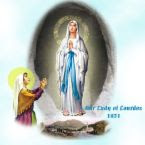


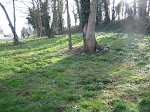

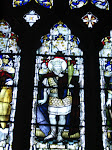
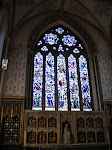
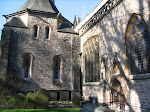
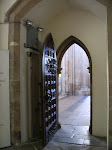



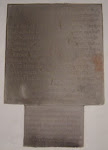



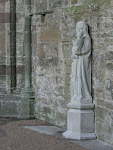









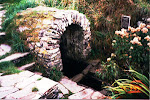


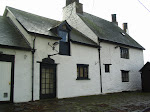
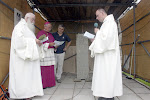





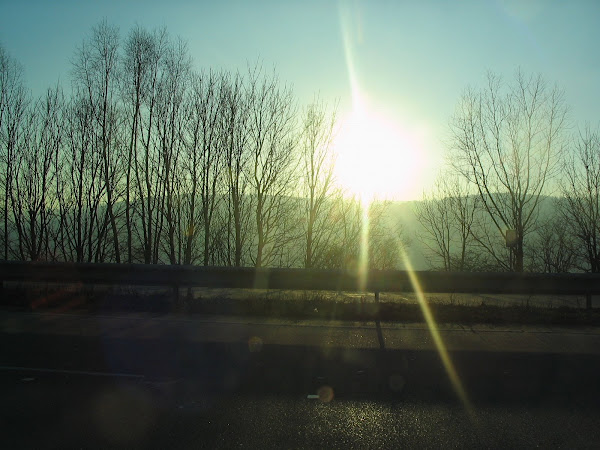


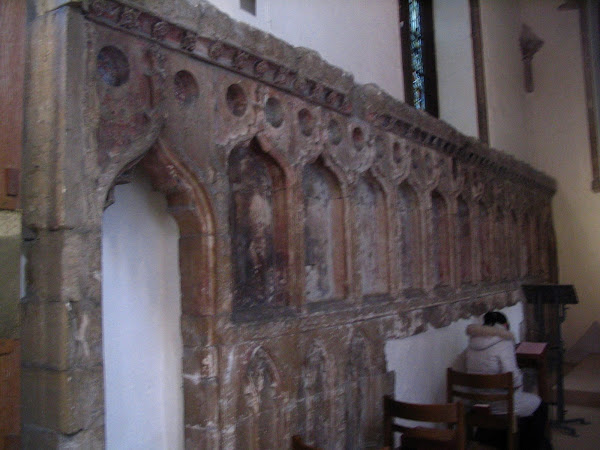
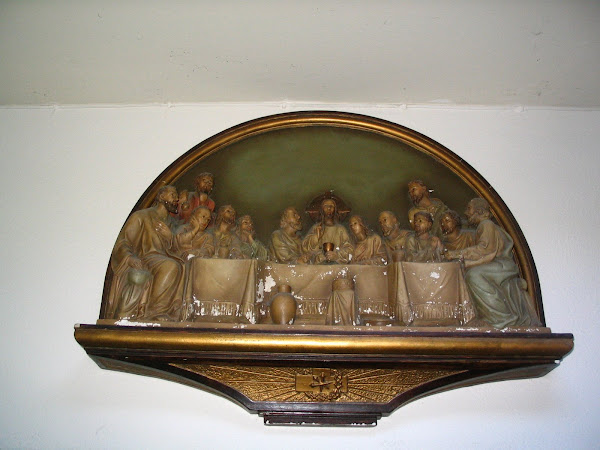




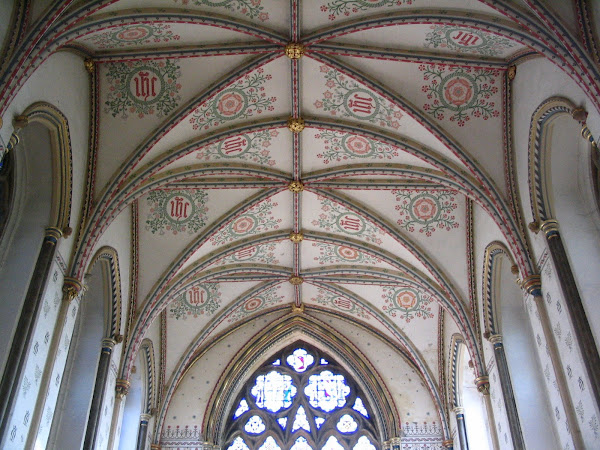


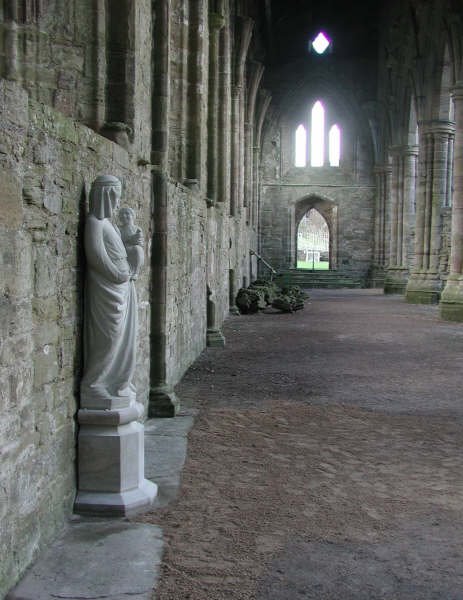
No comments:
Post a Comment